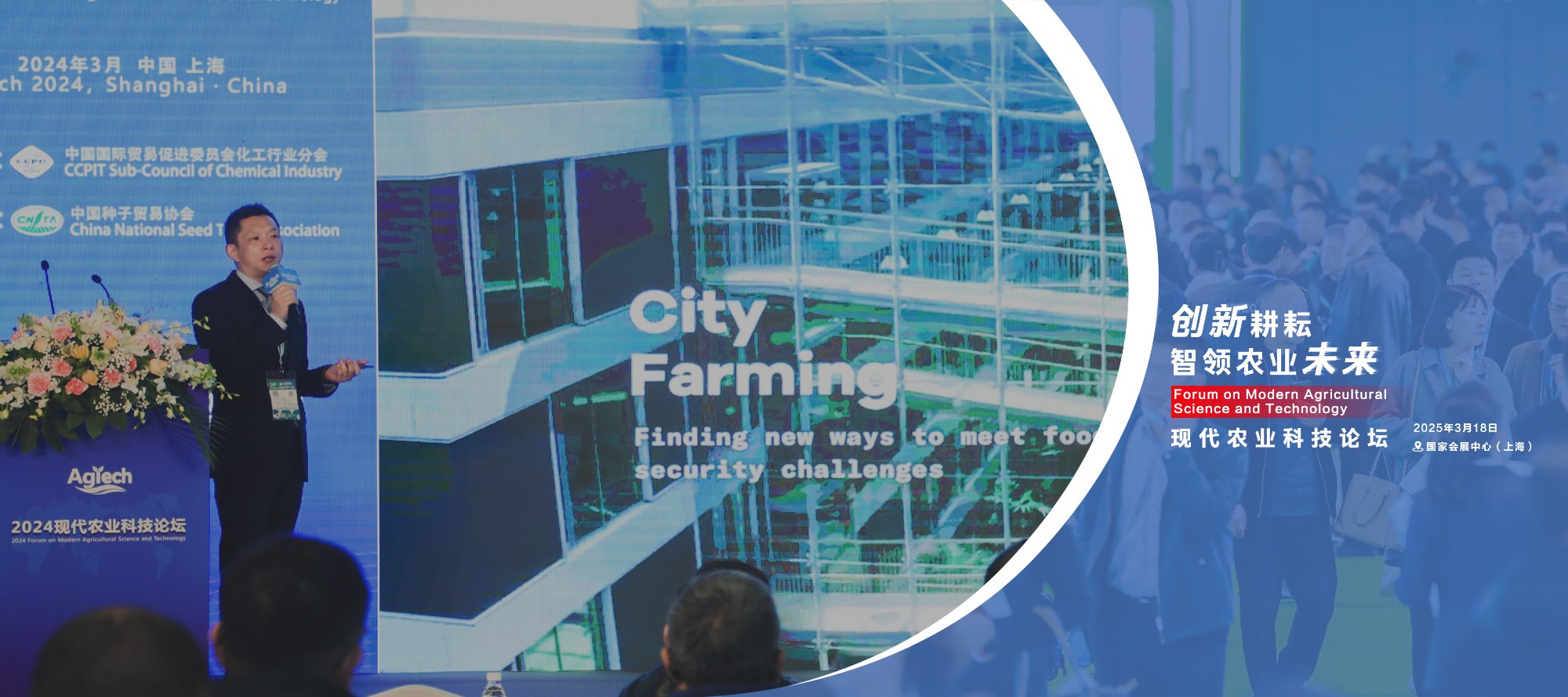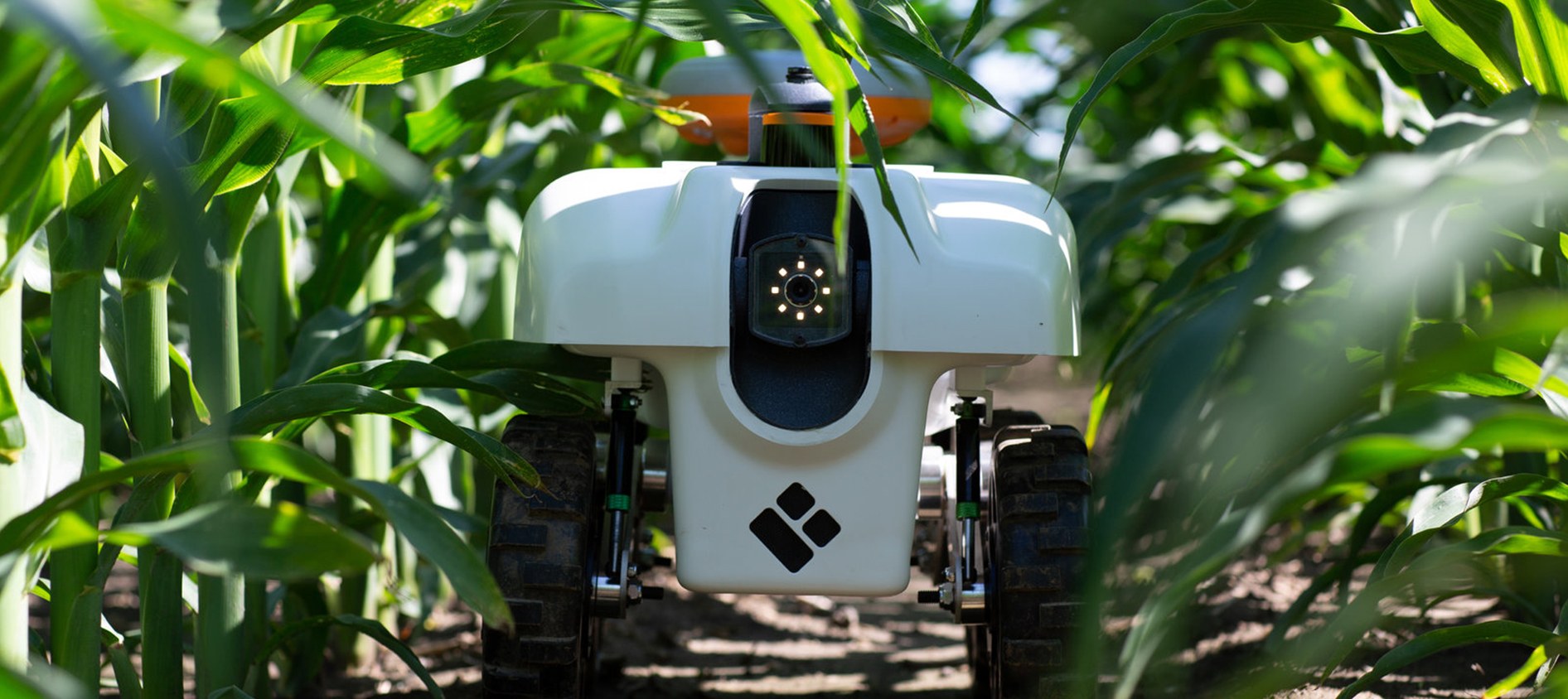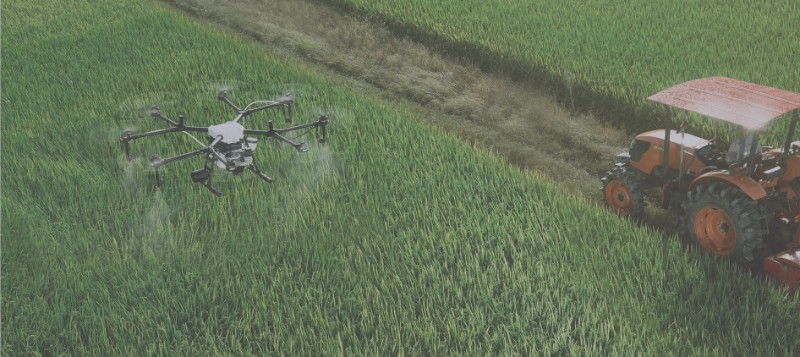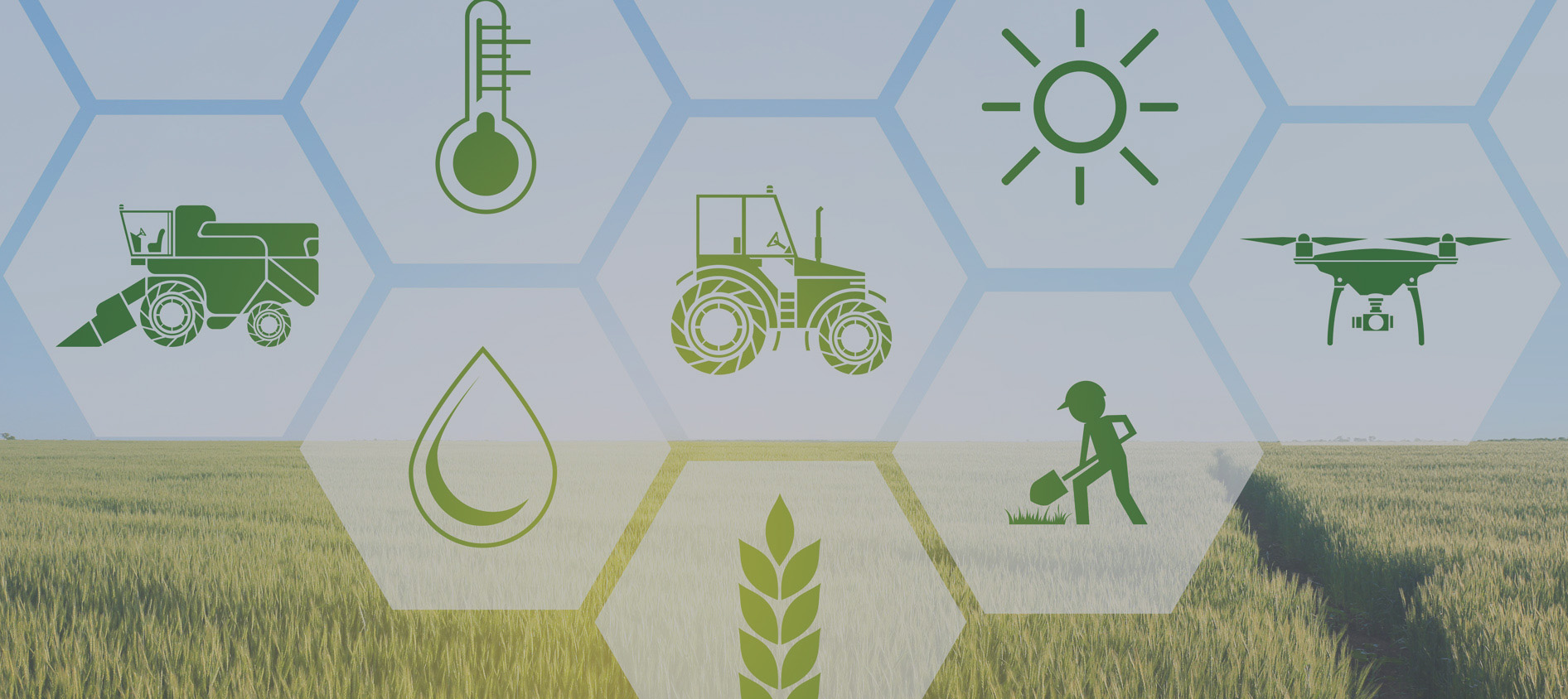Taking multiple measures to create a good prospect for smart agriculture
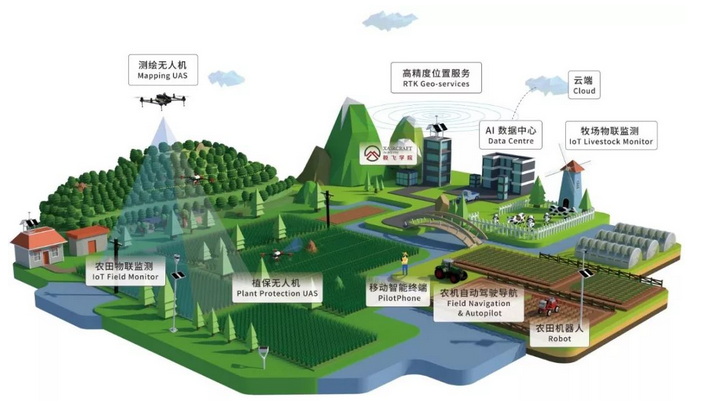
For some time, Henan, Zhejiang and other places have actively deployed smart agriculture by expanding the application scenarios of artificial intelligence, data, low-altitude and other technologies. Smart agriculture can make full use of technical means such as the Internet of Things, cloud computing, big data, artificial intelligence, and automated equipment to realize the intelligence, precision and efficiency of agricultural production, and is an important manifestation of new quality productivity in the agricultural field.
Smart agriculture has become a trend in the development of modern agriculture in the world. For a long time, major economies in the world have actively accelerated the layout of smart agriculture, such as Germany's promotion of smart breeding technology, the Netherlands' deep cultivation of smart greenhouse agriculture, and Japan's efforts in the research and development of small smart equipment. my country's smart agriculture started late, but its development momentum is strong. From digital breeding to the application of smart agricultural machinery, to the breakthrough of the Fuxi Farm pilot and the coordinated promotion of digitalization and scale of livestock and poultry breeding, there are many achievements and highlights. Data show that the scale of my country's smart agriculture market has increased from 38.774 billion yuan in 2017 to about 100 billion yuan in 2024, with an annual compound growth rate of about 15%. The central and local governments have continuously introduced policy measures to accelerate and support smart agriculture. The previously issued "Opinions of the CPC Central Committee and the State Council on Learning and Applying the Experience of the "Thousand Villages Demonstration, Ten Thousand Villages Renovation" Project to Effectively Promote the Comprehensive Revitalization of Rural Areas" proposed to continue to implement the digital rural development action and develop smart agriculture. At the same time, provinces with conditions are encouraged to coordinate the construction of regional big data platforms.
However, my country's agriculture has long been dominated by small farmers' scattered operations, and problems such as weak information infrastructure, low agricultural data quality, and low penetration rate of intelligent technology still exist. To further unleash the potential of my country's smart agriculture, we must coordinate policies.
Improve the support system for smart agriculture. Strengthen the top-level design of smart agriculture policies, rely on the existing "four pillars and eight columns" policy framework to support the development of smart agriculture, optimize strategic positioning and target tasks, and refine the supporting policy system, such as strengthening the policy of agricultural industry integration, agricultural machinery purchase subsidies and other policies to support smart agriculture, promote the promotion and application of the first major technical equipment, and implement tax and fee reductions for smart agricultural technology research and development companies, so as to form a cross-departmental and cross-field policy support synergy. Continue to improve the financial service system, guided by national fiscal investment, coordinate financial resources such as policy banks and commercial banks, increase credit support for agricultural science and technology innovation companies, and build a diversified smart agriculture investment and financing ecosystem. Strengthen talent guarantee, promote universities and research institutes to adjust their discipline structure to open smart agriculture majors, cultivate professional talents, establish a gradient new professional farmer training system and lifelong training mechanism, and cultivate application-oriented, innovative, and compound "new farmers" that meet the needs of smart agriculture.
Consolidate the data base of smart agriculture. Deepen the integration of agricultural and rural data resources. On the basis of promoting new infrastructure such as smart water conservancy, transportation, power grid, cold chain logistics, etc., formulate unified agricultural data collection and transmission standards, broaden multiple data collection channels such as remote sensing, Internet of Things, and the Internet, and improve the full-chain management system of data collection, processing, management, flow, and application. It is necessary to accelerate the construction of a cross-level and cross-business agricultural and rural big data platform, embed intelligent analysis and dynamic risk assessment models, and aggregate fragmented and scattered agricultural small data into systematic and real-time big data, so as to solve industry pain points and improve production efficiency with data. For example, the villagers of Lijiakeng Village, Zhangshui Town, Haishu District, Ningbo City use mobile phones as "new agricultural tools" and data as "new agricultural materials". They can adjust the irrigation amount and fertilization ratio intelligently through the "field smart agricultural system" without going to the fields, which greatly improves the accuracy and efficiency of agricultural operations. It is necessary to improve the data intercommunication and sharing mechanism and transaction management system, cultivate the data transaction market, and promote data circulation, sharing and collaborative development. Drawing on the construction model of Zhejiang's "Rural Brain" data platform, we can unify data formats and language systems from the source, break through "data islands", and provide unified, authoritative, and standardized data service support for provinces, cities, and counties.
Explore the development path of smart agriculture in accordance with local conditions. The development of smart agriculture needs to be based on my country's vast territory, diverse climate resources, and rich agricultural categories, and be classified and promoted in accordance with local conditions. In the northern plains, relying on the vast land and scale advantages, the development of smart agriculture can focus on the construction of "unmanned farms", promote the intelligent transformation of large-scale agricultural machinery, integrate large-scale farmland remote sensing monitoring and precision agriculture decision-making systems, and build a full-chain system of data perception, intelligent decision-making, and precise operation to enable efficient and safe food production. For example, Beidahuang Group has built 16 unmanned driving demonstration farms such as Qixing and Hongwei, and the annual autonomous operation area of agricultural machinery has reached 13,000 mu. In the mountainous and hilly areas of the south, in view of the fragmented characteristics of land, smart agriculture focuses on the refined management of small-scale farmland, promotes small-scale intelligent agricultural machinery suitable for mountainous areas, such as the "Honghu T70" agricultural machinery of Chongqing Fuxi Farm, carries out drone operations, and realizes precise control of different plots through the Internet of Things and blockchain technology to improve the quality of agricultural products. Explore the use of agricultural social services as an entry point, vigorously cultivate various agricultural service organizations, and use professional and market-oriented services to efficiently introduce modern production factors such as advanced and applicable varieties, technologies, and equipment into the agricultural field, and improve the efficiency of resource factor allocation in smart agriculture.




